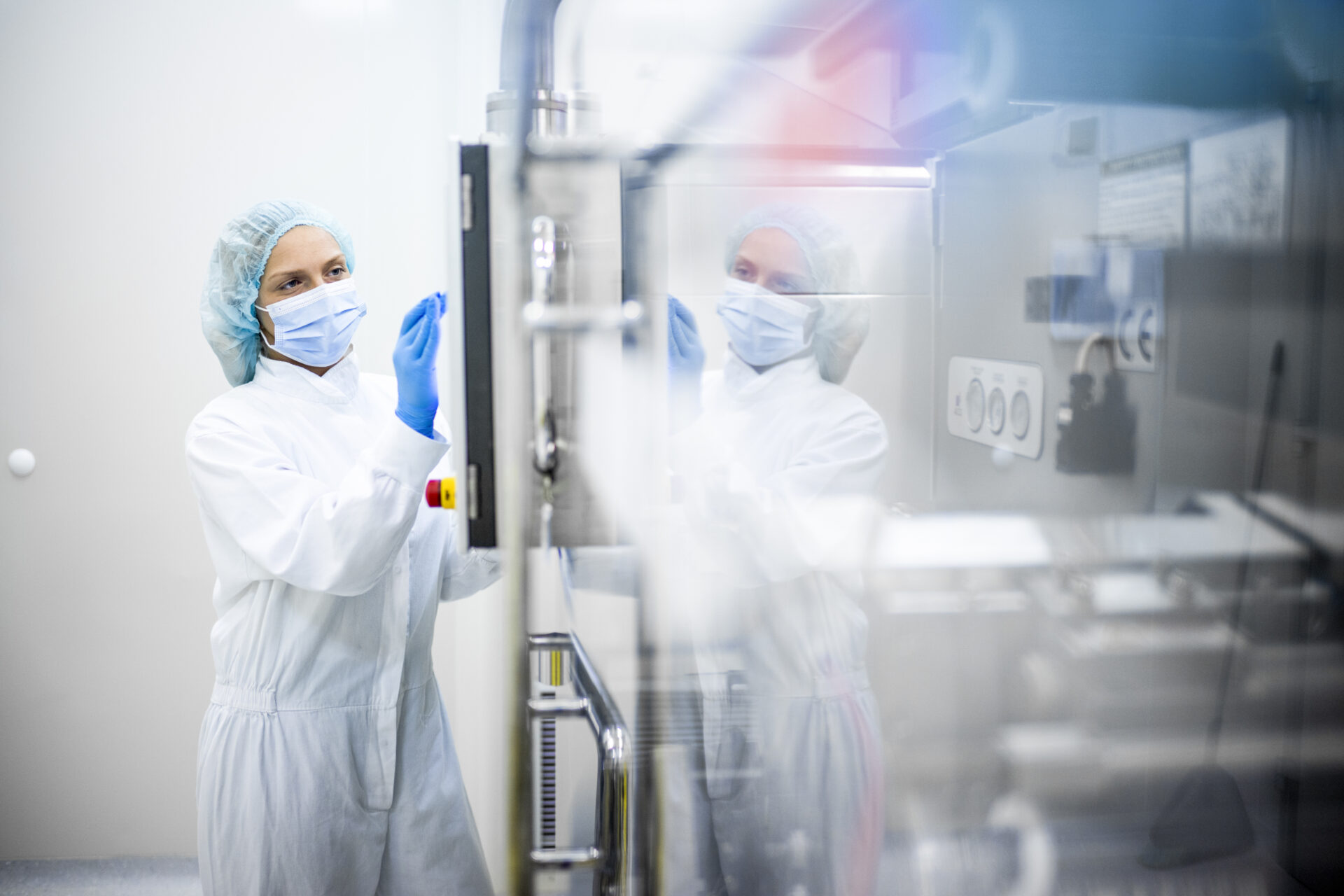In many cases, absorbing some active pharmaceutical ingredients can be particularly difficult for our bodies. For drugs to reach the internal organs on which they must act, they must cross several barriers, such as mucous membranes, tight junctions between cells, protein barriers, and enzymes.
For this reason, the size of the particles that make up API formulations that must cross these physiological barriers plays a key role in defining the drug’s bioavailability. Not only does the size of the particles that make up a substance directly affect its efficacy, but also its safety and ease of production.
Today, modern technologies offer a solution to obtain formulations with a high level of bioavailability; in this case, we speak of micronization.
What is the micronization of active pharmaceutical ingredients?
The term micronization refers to a mechanical process by which the particle size of a substance is reduced to the micrometer scale (although, in some cases, it can also indicate further reduction to the nanometer scale). This process is used in several industries, and it provides several important advantages for active pharmaceutical ingredients (APIs), nutraceuticals, and cosmetics.
By obtaining micrometer-sized particles, they improve the solubility and bioavailability of compounds. Not only that, but the quality, ease of production, and shelf life of the drug are also affected. Numerous drugs can be produced by taking advantage of this cutting-edge technology. Some examples are paracetamol, diosmin, ibuprofen, acetylsalicylic acid, and metronidazole.
How does micronization work?
Micronization is based on processes using high-energy machinery for particle reduction. The main techniques are:
Mechanical milling
Mechanical grinding, or mechanical milling, is the most traditional micronization method. It generally employs moving parts such as hammers or pins that, as they rotate, strike the particles, reducing the diameter to 50-75μm. This technique is suitable for a wide range of materials, including those not sensitive to heat.
Jet grinding
When additional grinding force is needed, a jet grinding method that uses pressurized gas to break down particles can be used. This method allows even smaller sizes than mechanical grinding, down to <5μm. The use of a jet causes an acceleration process that causes the particles to collide with each other, reducing their size. Another advantage of this method is the reduced risk of contamination and less wear and tear on the machinery, as no mechanical parts come into direct contact with the substance.
Particle size control
Following the micronization process, conducting a diameter analysis of the particles obtained is essential. This process involves classifying the particles according to their size to ensure that the desired size has been achieved and, most importantly, there is a good level of homogeneity in the final drug composition.
The importance of micronization for Flarer
Micronization is a key technique in the pharmaceutical, nutraceutical, and cosmetic industries, and demand for it is constantly growing. For companies that distribute and use APIs, understanding and leveraging this type of process can create more effective and competitive products. That is why we have committed more than 30 years to establishing solid partnerships with safe and certified suppliers that leverage cutting-edge micronization technologies.
We ensure quality and care throughout the entire API supply process and pay attention to industry innovations by updating our portfolio. To find out more about our services you can contact our consultants.
